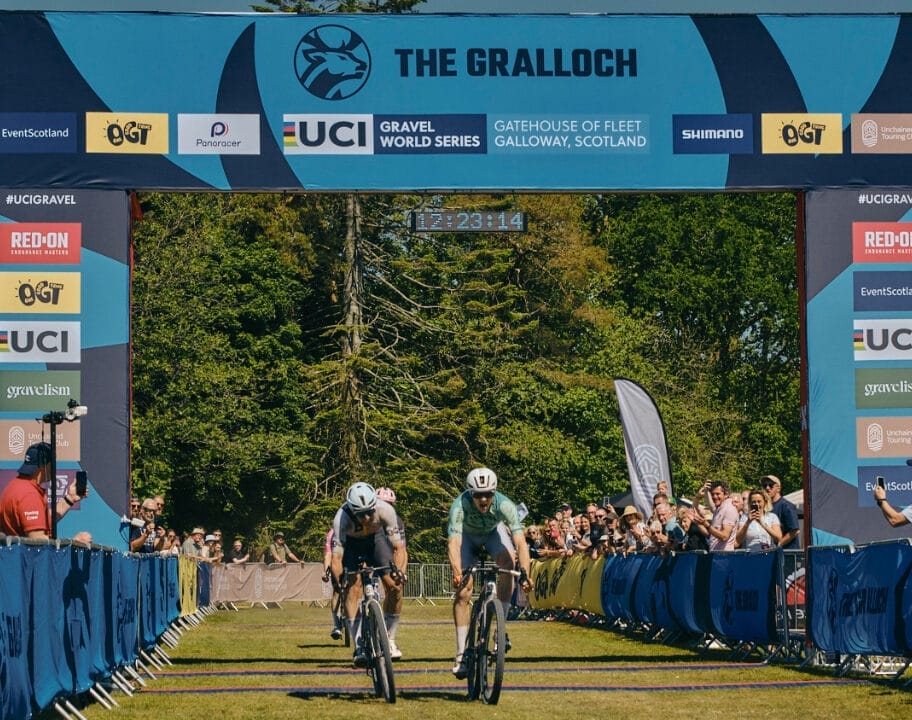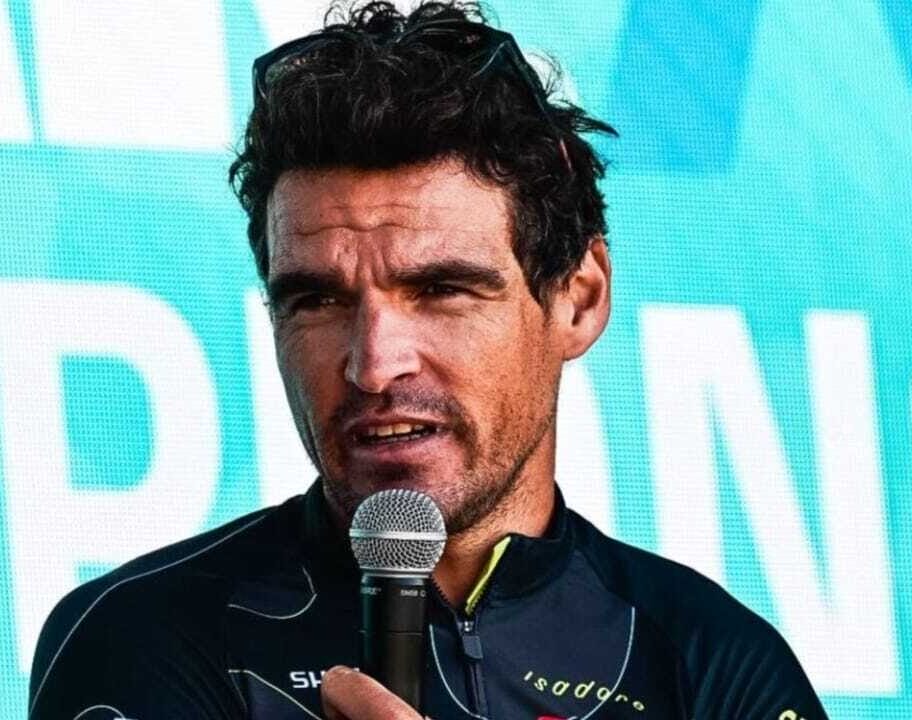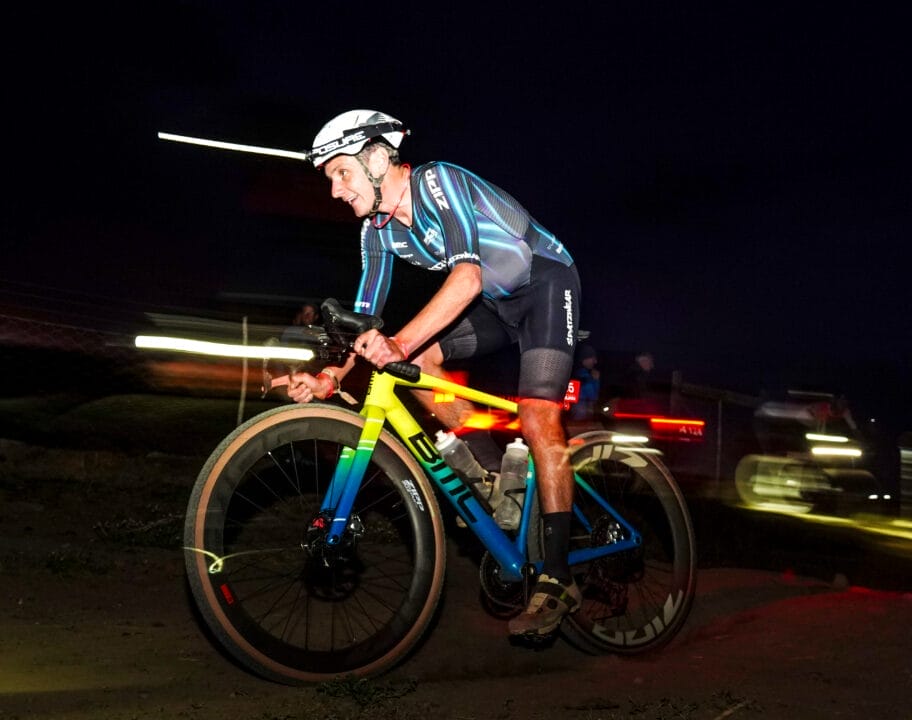From training plans to bike workouts, once you start digging deeper into the world of cycling it’s almost impossible not to stumble across discussions on the ‘optimal’ cycling cadence. But what does cadence mean, and is there a specific number you should be targeting on the bike?
Cycling cadence explained
Cadence is the number of revolutions your pedals make per minute (RPM), which translates into how fast your legs are turning when riding.
It’s a common metric in cycling as it dictates the amount of effort required by a rider to ride at a certain speed. It is important to be aware of your cadence, as getting it right will help with overall cycling performance.
But cycling cadence varies widely depending on the cyclist and type of effort. For example, pro cyclists like Tadej Pogačar and Primoz Roglic have a high cadence of over 100 RPM. While an experienced amateur rider might range between 80-90 RPM and an average cyclist will ride at a lower cadence of 60-80 RPM.
Cadence can be measured by counting how many times your legs go up and down in a minute, or by using a cadence sensor, which attaches to the non-drive side crank arm, for a more accurate measurement. Many power meters also have a cadence sensor built in.
Low vs high cadence – what difference does cadence make?
Different cadences have varying impacts on the body as they use different energy sources.
Riding at a low cadence such as 70 RPM and pushing a bigger gear puts more strain on your muscles as it requires you to put more force through each pedal stroke. This means your glutes and quads are working hard and can lead to muscle fatigue when done over a sustained period.
Conversely, riding the same gear at a higher cadence such as 90 RPM means your legs are spinning faster and you are using less force per pedal stroke. Rather than your legs putting in the hard work, you are using more energy from the cardiovascular system as your heart and lungs are working harder to deliver oxygen to your muscles.
Cadences of 100-120 RPM are typical for attacks and sprints when the rider wants to achieve the highest possible power and speed. For an amateur cyclist this is usually only doable over a short period; however, many pros ride at these cadences.
Choosing the right cadence is important as cycling at a too high or too low cadence can lead to injury and inefficiency. Riding at an excessively low cadence is often linked to knee pain and muscle soreness, while a too high cadence can lead to inefficiency and spinning out as well as lower back pain, as pedalling extremely quickly causes the pelvic to rock.
What’s the most efficient cadence?
It’s a common myth that there is an optimal cadence for cycling. The truth is there’s no hard and fast rule about which cadence is the most efficient as it depends on the situation and the rider.
In general, low cadences are used in endurance riding as it’s more energy efficient for spending days in the saddle whereas high cadences are better for shorter races and sprints when power is the most important factor.
Optimal cadence will also depend on a rider’s build and physique. For example, those of a more muscular build are likely to be more comfortable and efficient pushing more force through the pedals at a higher gear with a low cadence, whereas other riders might not have the strength to do this.
Terrain is also a key factor, especially when climbing. Generally, the average rider will change into a lower gear and increase their cadence when they hit an incline. While this reduces the strain on the muscles, it causes riders to lose momentum and overall climbing efficiency. Spinning too quickly with minimal resistance up a climb leads to a loss of speed.
For beginners, this can be a good way of building climbing confidence as it builds aerobic fitness without overloading the legs, but the goal should be to refine cadence and gear selection to maintain a more stable and efficient climbing rhythm.
On flat roads, riding at a higher cadence can be easier to maintain but this effectiveness is largely impacted by gear choice. Riding in a big gear at a high cadence over a sustained period can lead to muscle fatigue.
There are more cadence considerations when it comes to racing as well. Adapting your cadence to the race situation is important, as attacking, sprinting, and being in a breakaway all require different styles. Being able to adapt your cadence when necessary is very important, and that’s exactly what the pros do.
Mix it up and experiment with your cadence
Rather than trying to emulate Tadej Pogačar or Lorena Wiebes, focus on your own cadence and what feels right for you. Experiment in training by riding some intervals at different cadences and notice how your body responds.
Training at difference cadences will help riders improve in a variety of situations and mixing up cadence can help with recovery, for example spinning at a high cadence after a climb can help flush out lactic acid and help your legs recover.
More than just turning the pedals
It’s also not just about pedal revolutions but the efficiency, smoothness and quality of this pedal stroke. For example, having a fluid pedalling movement for each revolution is important for efficiency, and reducing the chances of injury.
Plus, often riders have bias to one leg which pushes more power through the pedals and ensuring both legs are of similar calibre can also help. A great way to improve this is to do single leg drills which will force you to focus on the efficiency and quality of each pedal stroke.
Cadence: the bottom line
It’s easy to overthink the optimal cadence in cycling given the breadth of different situations, abilities and, of course, comparison to the pros.
Ultimately the most efficient cadence varies per rider, and should take into consideration their level, and the situation.
Overall, aim for a cadence which balances effort and muscular load, and experiment with adapting it for various scenarios.




